The Filbert Brush
Put a Little Magic in Your Painting!
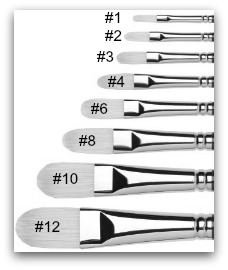
Want to learn new Filbert Brush techniques? Check out the tutorial videos on this page.
What I like about the Filbert brush is the variety of ways it can be used. Part of the Flat brush family, the filbert has a rounded chisel edge.
It comes in many sizes which makes it great no matter what project you're working on!
The brush performs well from basecoating, to floating or for creating shapes like leaves and petals. It also does lovely strokework.
Let's See How The Filbert Brush Performs
When it comes to basecoating a round shape, nothing beats the Filbert Brush. The rounded edges of the brush prevent ridges from forming. It also performs great for straight edges.
Like all brushes, moisten the brush first in cold water and then blot the excess on a paper towel. Load the paint on the brush taking time to blend the paint evenly into the bristles by sweeping the hairs on the wax palette.
Take the time to make sure the paint is evenly distributed on both sides of the brush. If you have too much paint, wipe some off on another spot on your palette. If you have too much water in the brush, blot it on the paper towel.
Shading and Highlighting
The shape of the Filbert makes floating color on round shapes a breeze! Dress the brush as you would a Flat.
First wet the brush and blot it a little on the paper towel. Side-load the rounded edge of the brush into the paint and blend on the wax palette, ensuring the paint gradually fades before reaching the other side of the brush.
Float the color by pulling in a patting motion. A long uninterrupted float is not as effective as pulling and patting.
Double-Loading
If you want to double load the Filbert, simply load the brush with one color, blending it well on the palette. Then side-load into a second color, blending it on the palette so as to gradually merge the second color into the main color. A sort of soft, blended appearance is what you're after.
Applying Thin Washes
My experience is that applying washes of color with the Filbert reduces or eliminates brush marks.
Mix an inky consistency paint puddle. About 80% water 20% paint. Sort of like skim milk.
Place the damp brush in the wash, blot very briefly on paper towel and the apply the wash to your project. If you're pushing too much paint around, quickly blot on the paper towel again.
Let's Have A Look At the Filbert Brush in Action!
Scroll Down for Free Detailed Video Instructions!
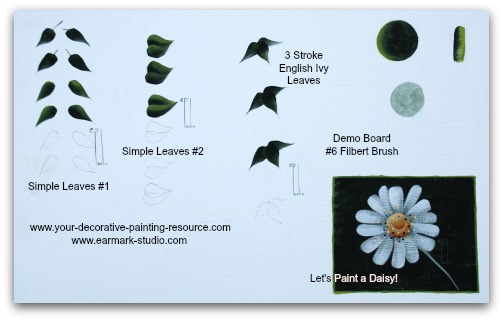
Simple Leaves 1
Before we get started... get a copy of the line drawing and print it.
First we need to decide which way the leaves are facing.
Load a #6 Filbert brush into a dark green of your choice. Spend time on the palette, ensuring the brush is fully loaded while maintaining sharp chisel edges. Swipe the rounded corner on the right side of the brush into a lighter green. Pat the brush down on the palette to break the tension between the 2 colors while blending.
If the leaf tip is facing upward, then keep the highlight color on the right side of the brush.
If the leaf tip points downward, then keep the highlight on the left side of your brush.
It's not a rule, it just makes it easier for me to teach this to you. :o)
OK, place the brush down at the base of the leaf and apply pressure to help fan out the hairs. Now, depending on which way the leaf is pointing....
For the leaves whose tips are pointing to the left, pull the brush toward the tip of the leaf while releasing the pressure, dropping the left side of the brush down (pivoting handle counter clockwise) as you pull off on the chisel of the brush, ending on a fine point.
For the leaves whose tips are pointing to the right, pull the brush toward the tip of the leaf while releasing the pressure, dropping the right side of the brush down (pivoting handle clockwise) as you pull off on the chisel of the brush, ending on a fine point.
Simple Leaves Tutorial Video 1
Simple Leaves Tutorial Video 2
Simple Leaves Video 2 - This one builds on the lesson in Video 1
These are done the same way as the Simple Leaves 1, except
you're butting two strokes against each other, slightly overlapping the first
stroke. You'll need the line drawing for this tutorial. If you don't have it yet, you can download it here.
3-Stroke English Ivy Leaves Tutorial Video 3
3-Stroke English Ivy Leaves
Here we simply use 3 strokes to build one leaf. First the sides of the leaf and then the middle.
Painting A Daisy Tutorial Video 4
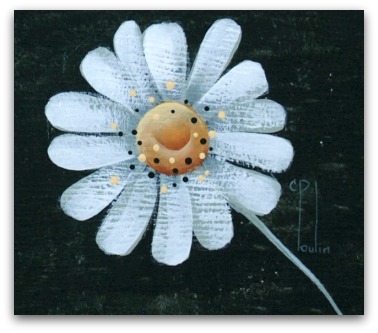
Let's Try a Daisy!! - Video coming soon...
Use a #6 Filbert to basecoat the daisy
center with Marigold. While this is drying, add petals of Shale Green. Simply apply pressure at the tip of the petal and then release the pressure as you pull the stroke toward the flower center.
Add another coat of Marigold to the flower center.
Dry brush Warm White over the petals. Use the Filbert and load it into the paint then wipe off both sides of the brush on dry paper towel. Position the crescent shape of the brush at the tip and lightly drag the brush down to the base of each petal.
Use the Filbert to float a highlight at the top of the flower center with French Vanilla.
Shade the bottom of the flower center and the divot in the center with Milk Chocolate.
When dry, float a highlight behind the divot shade using French Vanilla.
Further dry brush more Warm White over each petal until you have nice white petals.
Use a stylus to add dots of Midnite Green and French Vanilla to the flower center.
Stay tuned as I keep adding more and more information on various specialty brushes. Let's leave the filbert brush page and go to the Home page!
You Can Paint These Trees and More
Get Your Video Course Now
Introductory Price
Save 55% plus
a Money Back Guarantee
Site Search
| site search by freefind | advanced |
You Can Paint These Trees and More
Get Your Video Course Now
Introductory Price
Save 55% plus
a Money Back Guarantee





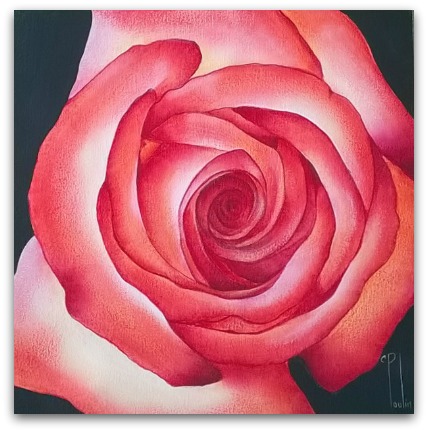
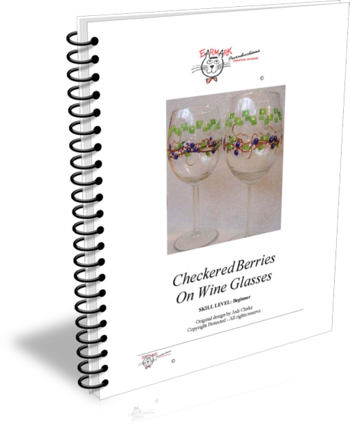
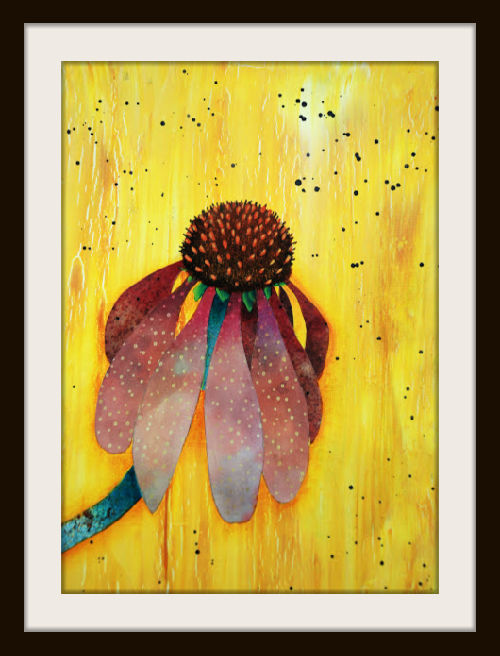
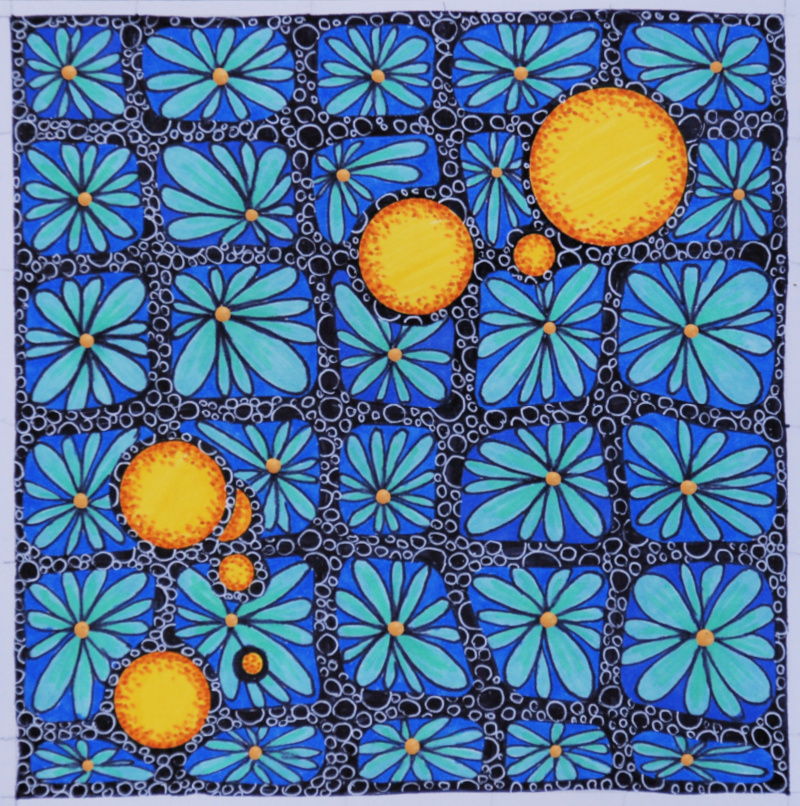
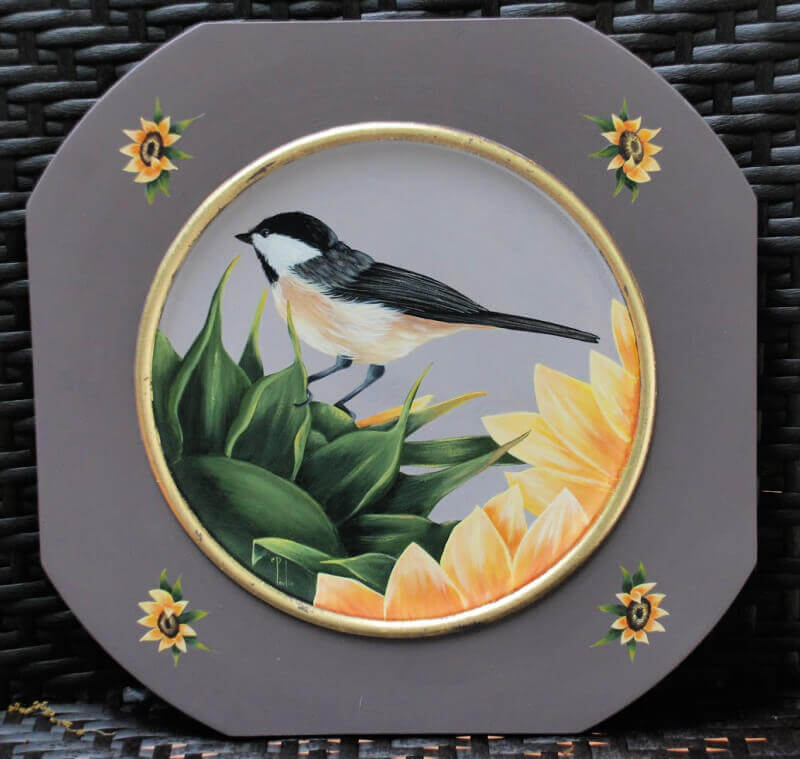
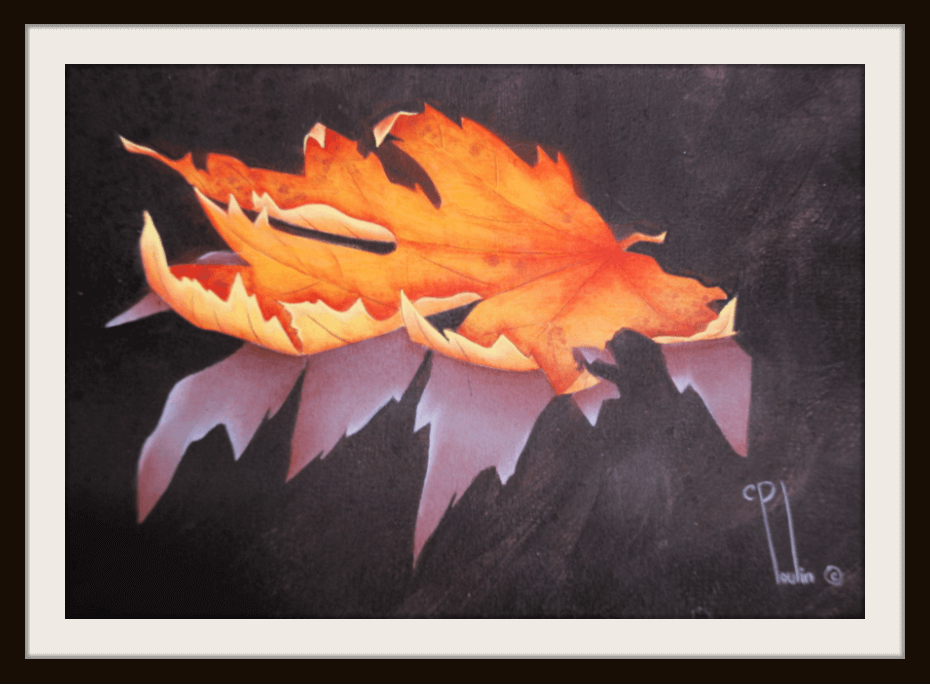

New! Comments
Have your say about what you just read! Leave me a comment in the box below.